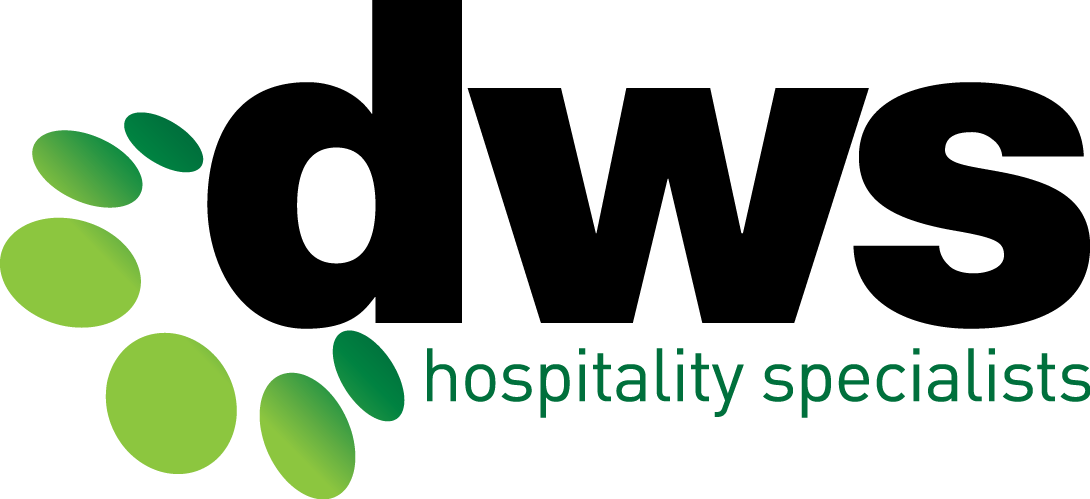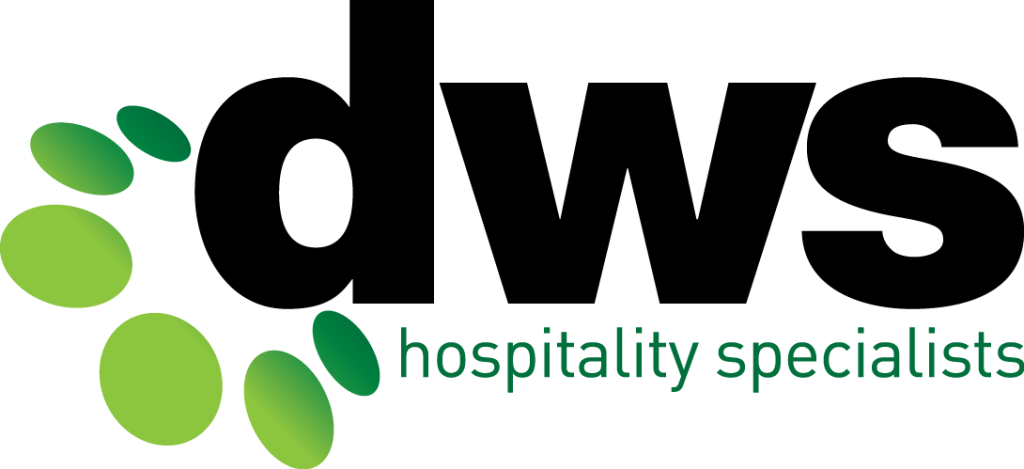October 2022 is National Safe Work Month
The main theme for this year’s National Safe Work Month is Know Safety, Work Safely. How do we make safety at work a priority? How do we prevent physical and mental harm to our workers? It is a big topic and this year, NSWM is broken up into 4 weekly themes to help guide you in making safety a priority at work.
Week 1 – Injuries at Work
There are many potential causes of harm in workplaces. Some of these are:
- Risk of falls from height
- Working with chemicals
- Slips, trips and falls
- Manual handling and ergonomics
- Noise, vibration, dust
- Fatigue and mental stress
As a person in control of your business, you have a legal obligation (your primary duty of care) to identify the hazards in your workplace and control them to prevent harm to your workers and others. There are many sources of information about hazards and how to prevent them including Codes of Practice and industry guidelines.
Reporting of injuries and incidents is vitally important. If you do have injuries at work, these need to be documented on an Incident Report and investigated to ensure they don’t happen again. There may also be reporting to your State’s WHS Regulator and Workers Compensation Insurer depending on the severity and type of incident, with potential penalties if you don’t report serious injuries to the Regulator.
Week 2 – Mental Health
The WHS legislation isn’t just about preventing physical harm, it’s also just as much about preventing mental harm in the workplace. Work-related mental injuries or illnesses have a significant impact on the employee, their families and your business. Just as you would identify physical causes of harm in the workplace, the legislation now includes the need to identify the potential causes of mental harm (such as job demands, low job control, poor support, lack of job clarity, violence and aggression, bullying and harassment, conflict and poor organisational justice).
Week 2 also incorporates Work Mental Health Day on the 10th October which is a great opportunity for you to critically examine your workplace for psychosocial hazards and what controls you need to put in place to prevent harm to your employees. Controls can be a combination of prevention strategies (strong policies and campaigns implemented robustly and consistently led by management), early intervention (managers know what to look for and to shut down unwanted behaviours) and support mechanisms (consistent workplace justice, Employee Assistance Programs).
Week 3 – Managing WHS Risks and Preventing Harm
Safety is all about risk management but first, we need to know what could cause harm (i.e. hazards) before we can start to control them. There are different way of identifying hazards such as regular workplace inspections (documented), hazard report systems, staff discussions & meetings, external risk assessment inspections. One of the most important ways of identifying hazards is looking objectively at your own workplace and really examining how safe your environment is. It’s always good to document these hazards, do a simple risk assessment (how often could this cause harm and how bad are the consequences) and then develop and implement effective controls to prevent these hazards becoming incidents.
Controls need to address the hazard themselves. Signage, training and personal protective equipment have their place but they don’t fix or control the hazard itself and must be only used in conjunction with higher level controls. The preference is to eliminate hazards but in many cases, this isn’t practical. Can the hazard be substituted with a less hazardous thing? Can we isolate people from the hazard all together? Can we put engineering controls in place to minimise the harm?
Once the controls are in place, don’t set and forget! Make sure they continue to be effective.
Week 4 – Safe and healthy work for all
If we make a workplace safe for our most vulnerable workers, we can make the workplace safe for all. With better technology and the ability to do things smarter, we can engineer a lot of harm out of the business. Virtual Reality safety training is now readily accessible to businesses (ask Michelle how!), clunky paper-based safety systems are getting overtaken by online safety platforms that are accessible on all smart devices (again, Michelle is your girl!), and by incorporating safety requirements seamlessly into work design we can make workplaces safer and more efficient.
Want to book some time with Michelle? You can get in touch with her here Michelle Pitman


